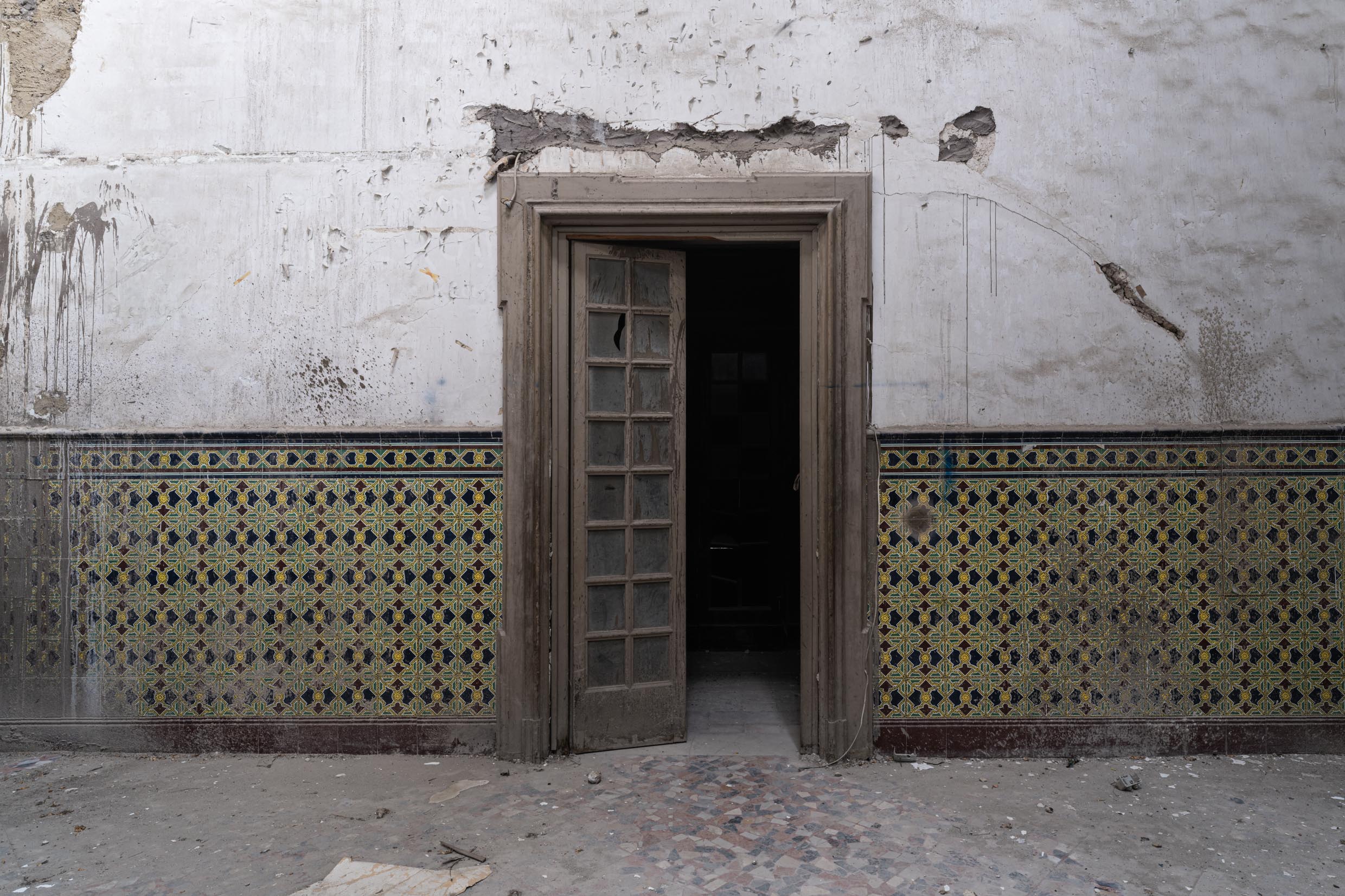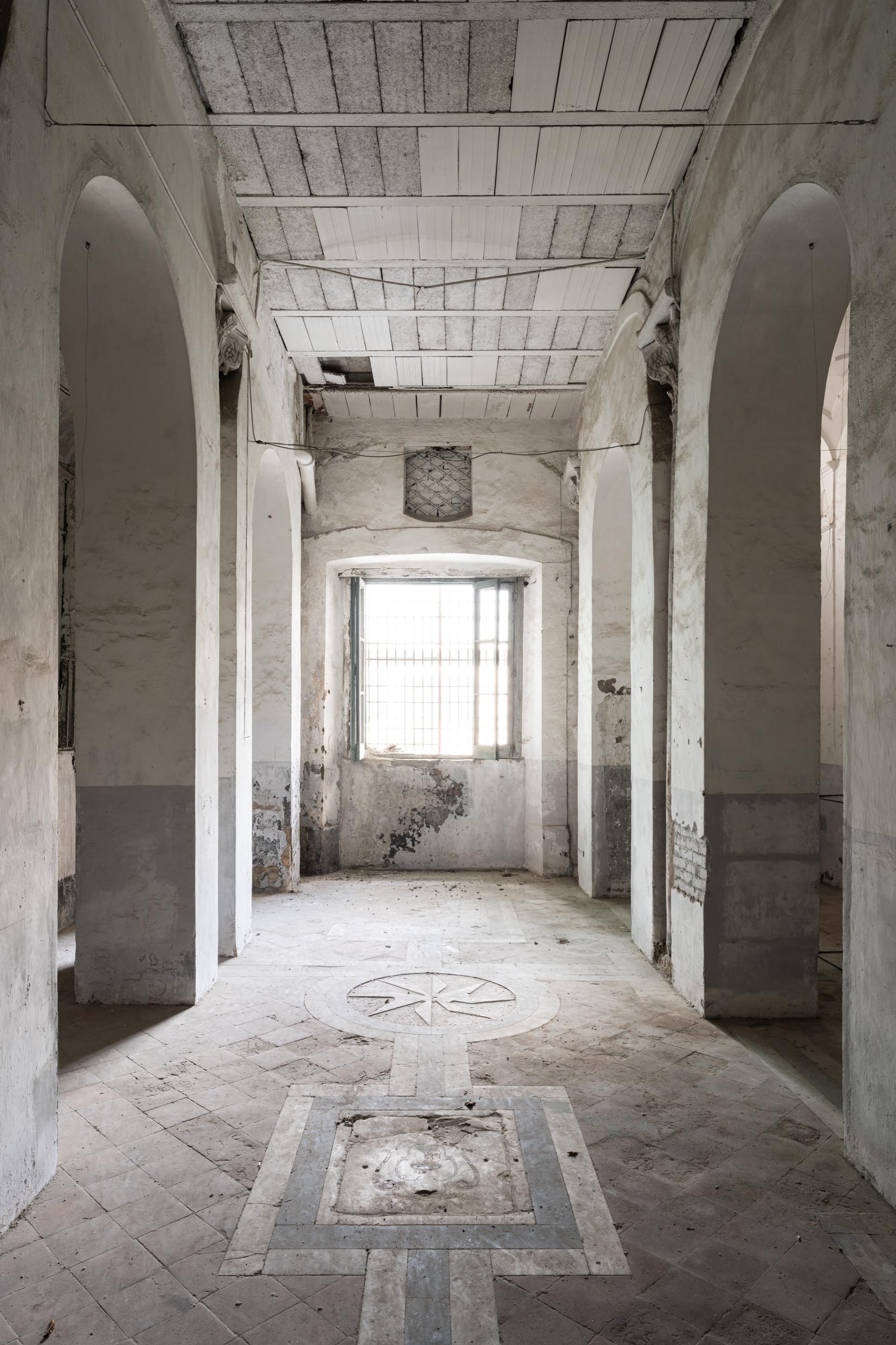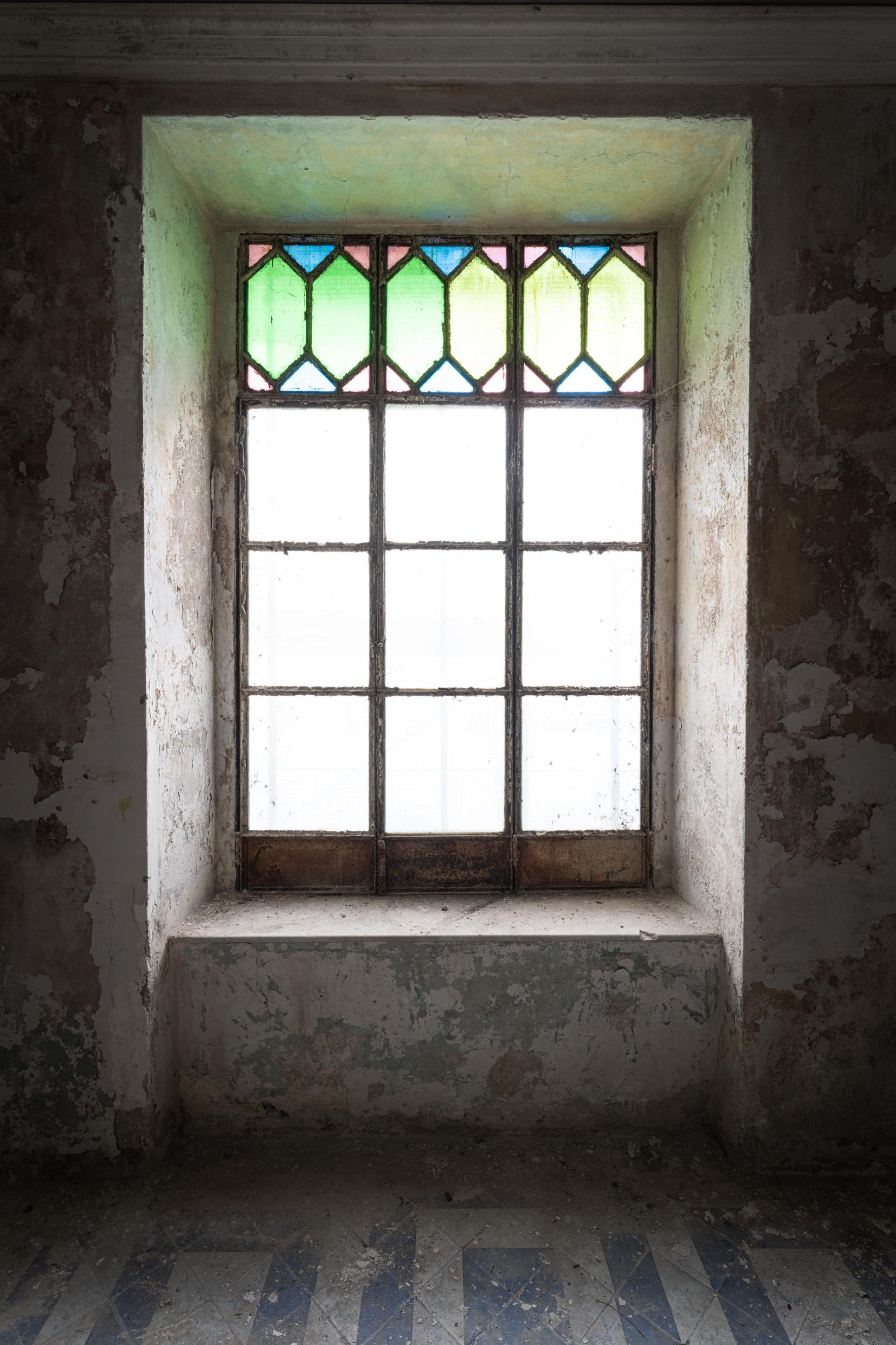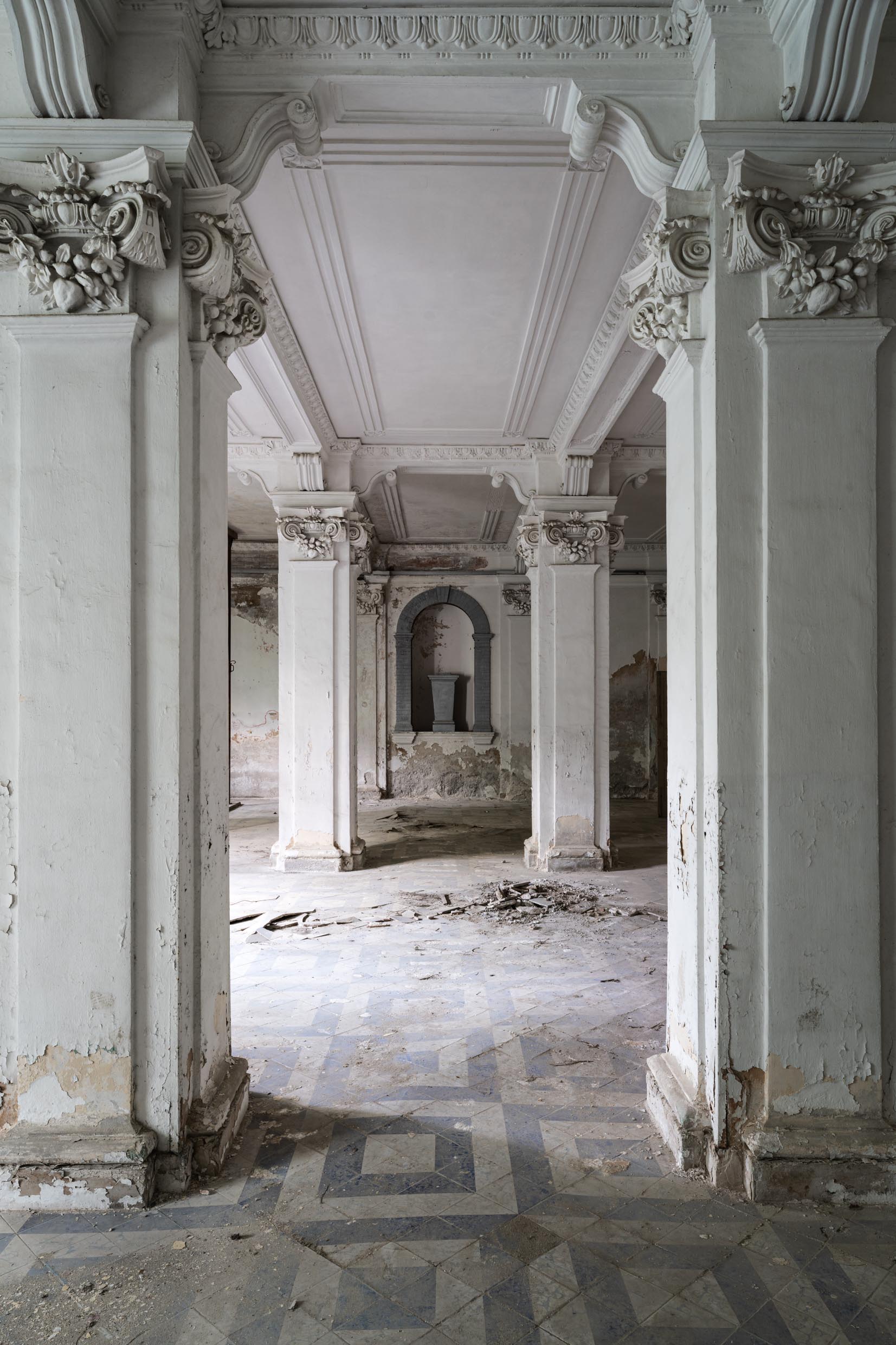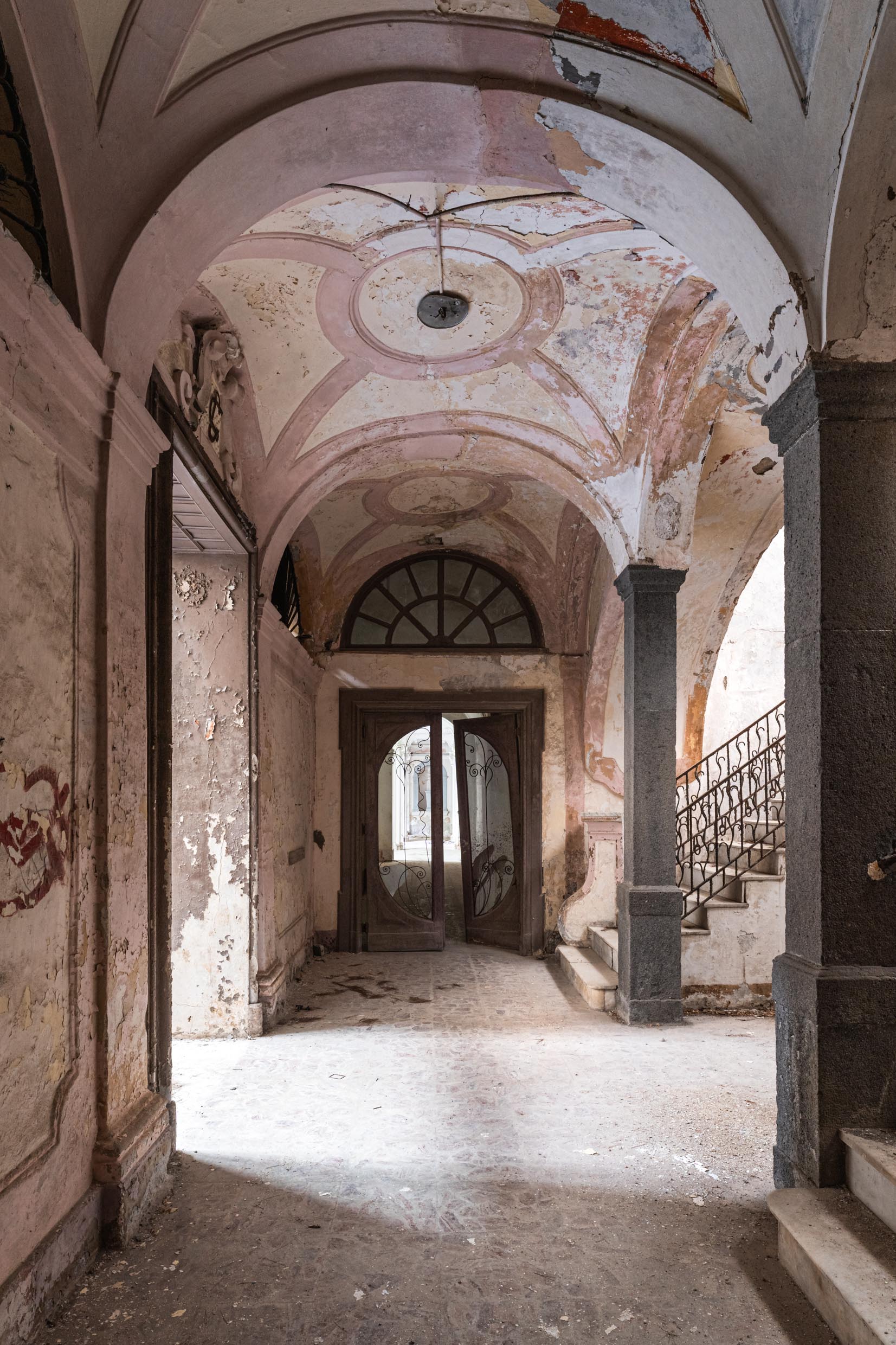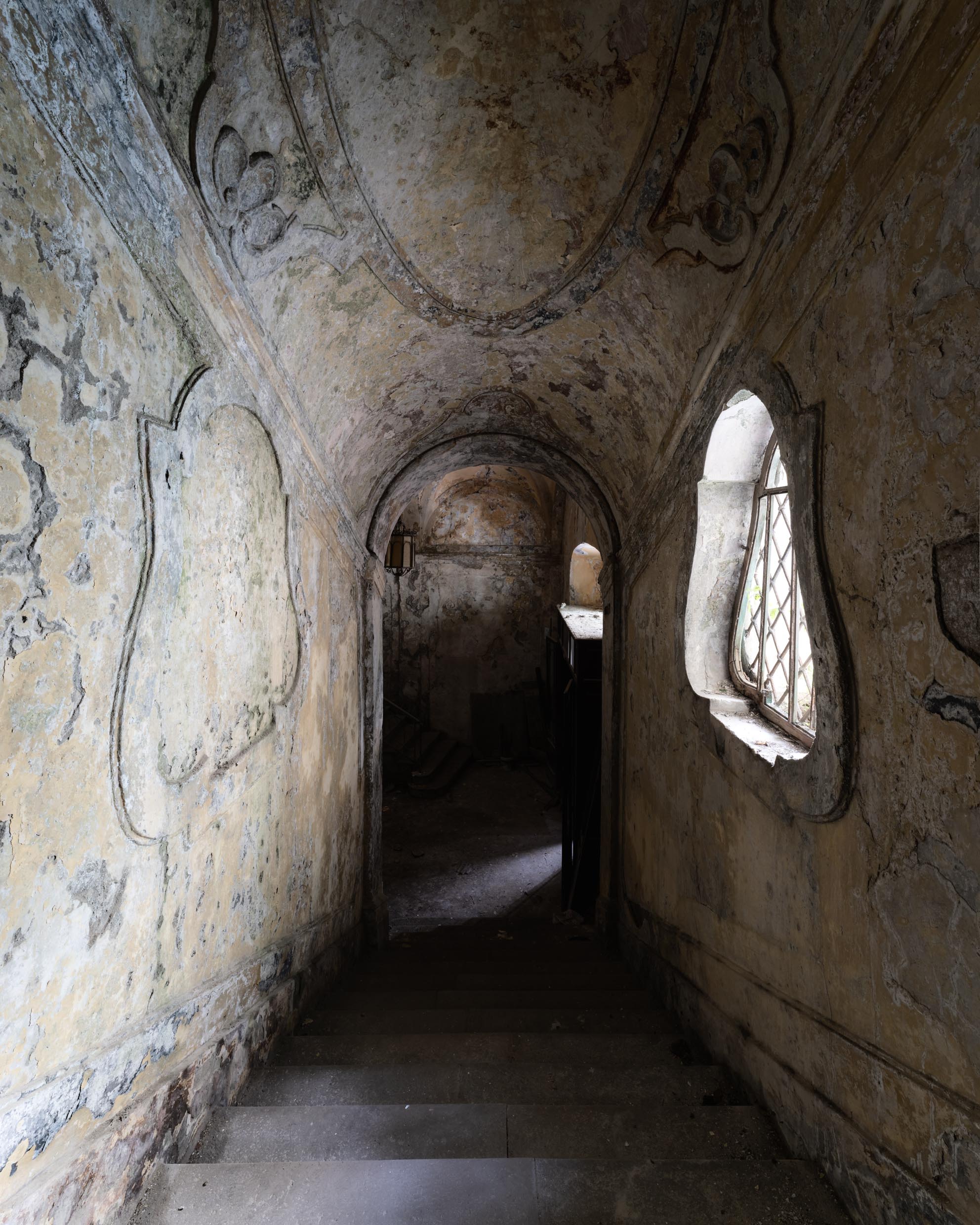This remarkable palace has a rich history spanning over a thousand years. For most of its existence, it functioned as a monastery. In the 17th century, it was sold to a family and became privately owned for the first time. The sale act of the time revealed the building had more than 20 rooms, a chapel, and multiple gardens.

Over the centuries, the palace underwent various architectural transformations, serving as a girls' school, a barracks, and later a school of art. The building suffered heavy damage during World War II, but was eventually restored to its former glory.
The palace truly serves as a tangible representation of the city's history and architecture. Nowadays, it stands empty and abandoned. But restoration work has started and hopefully will breathe new life into the palace, ensuring its survival for future generations.



